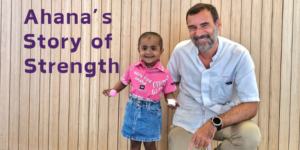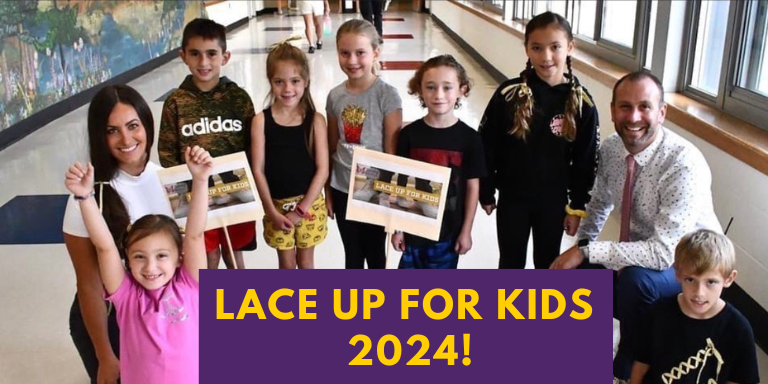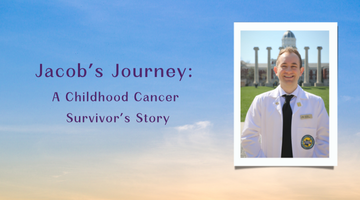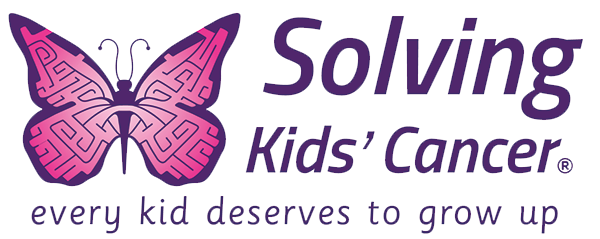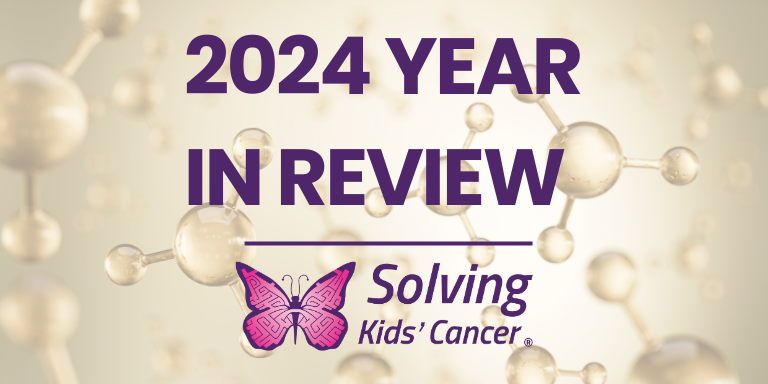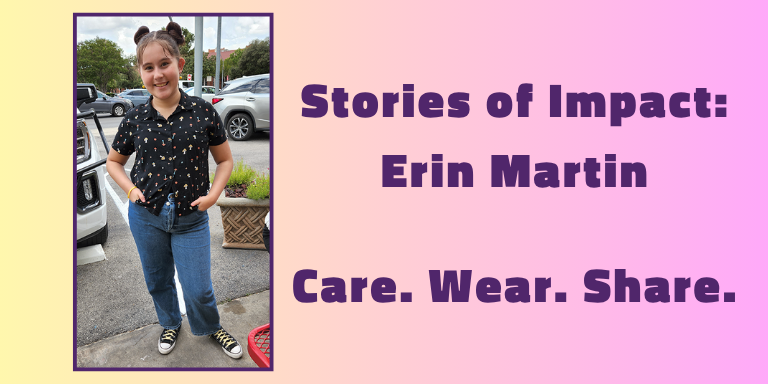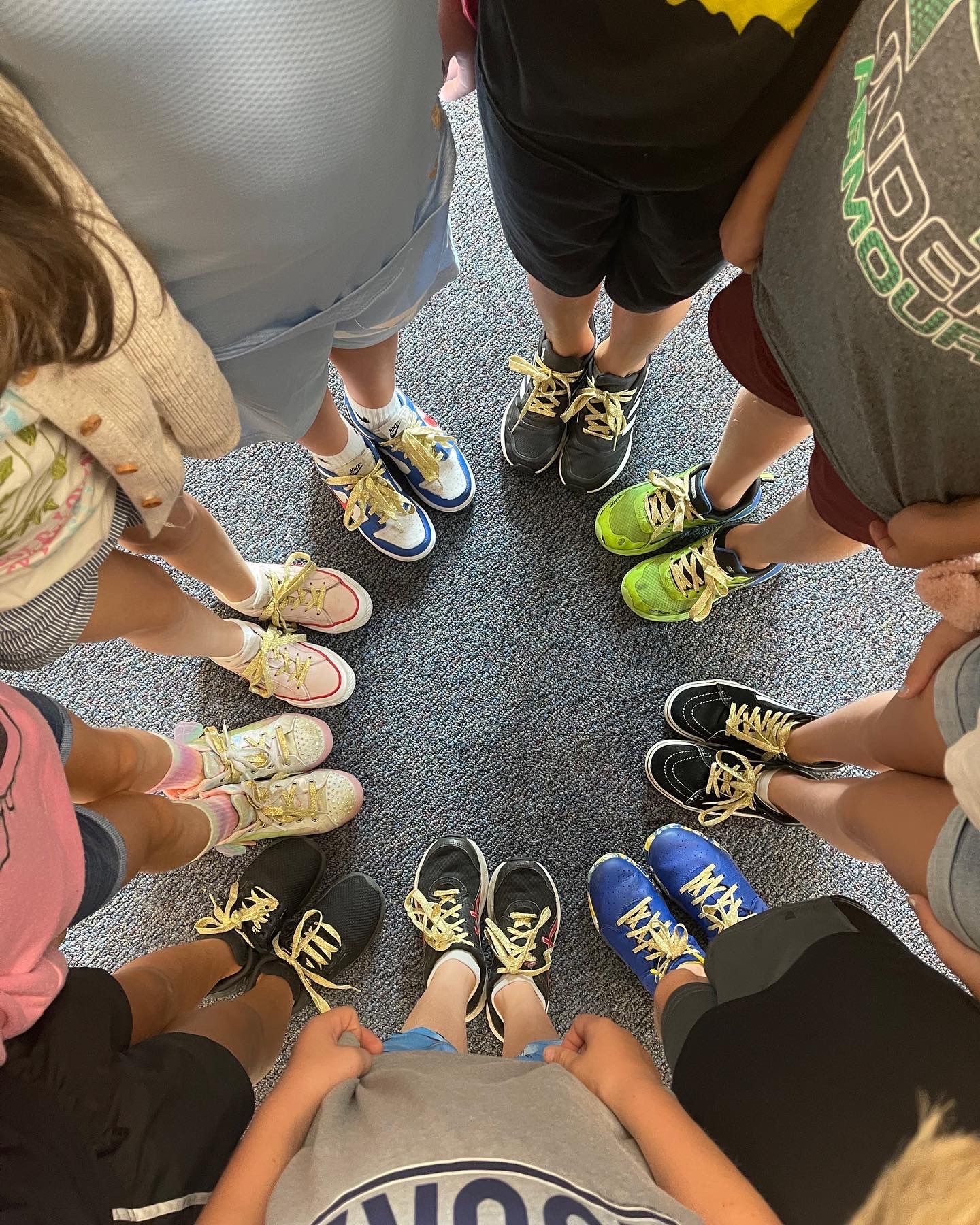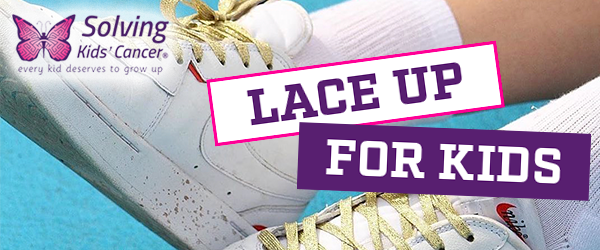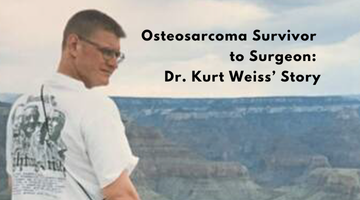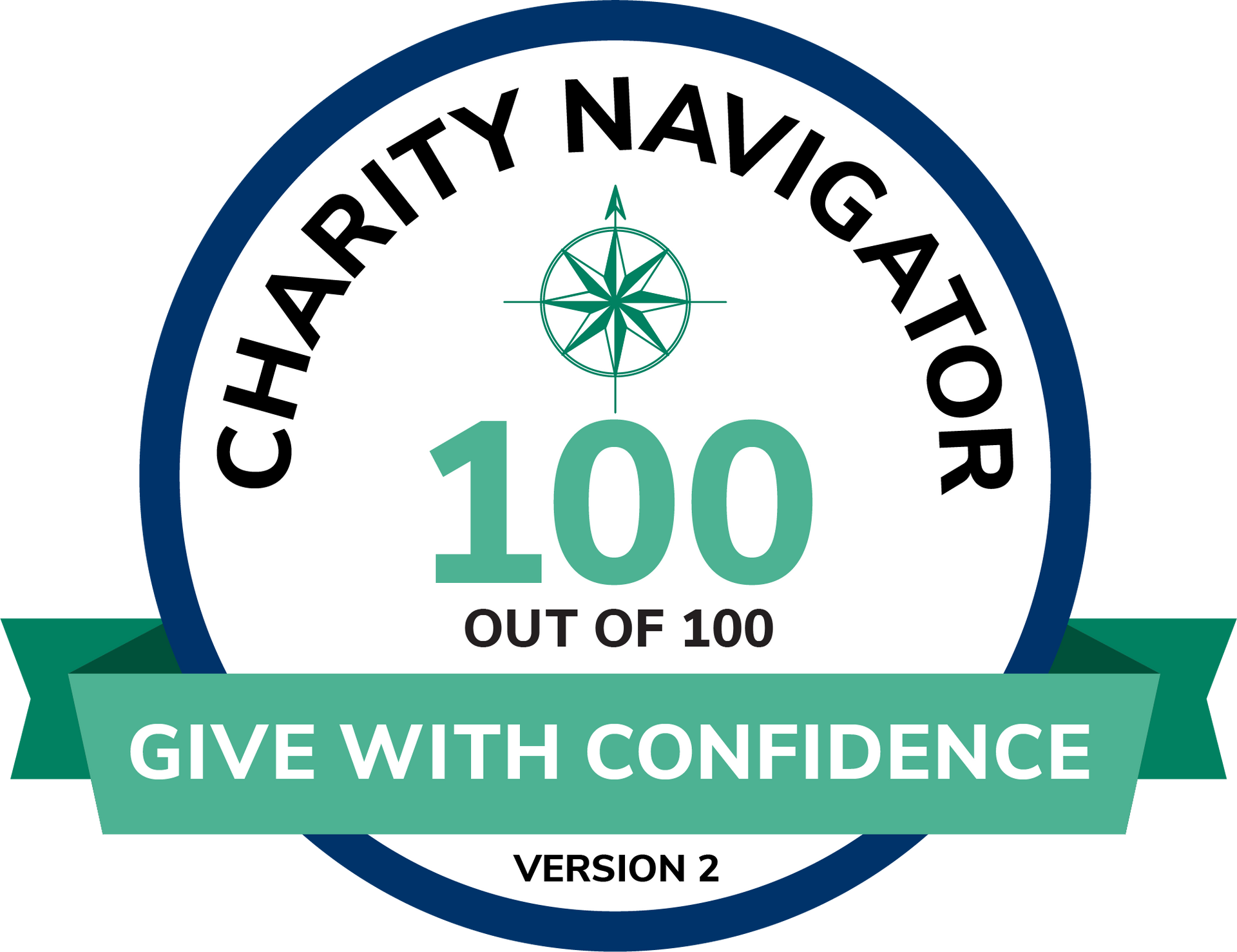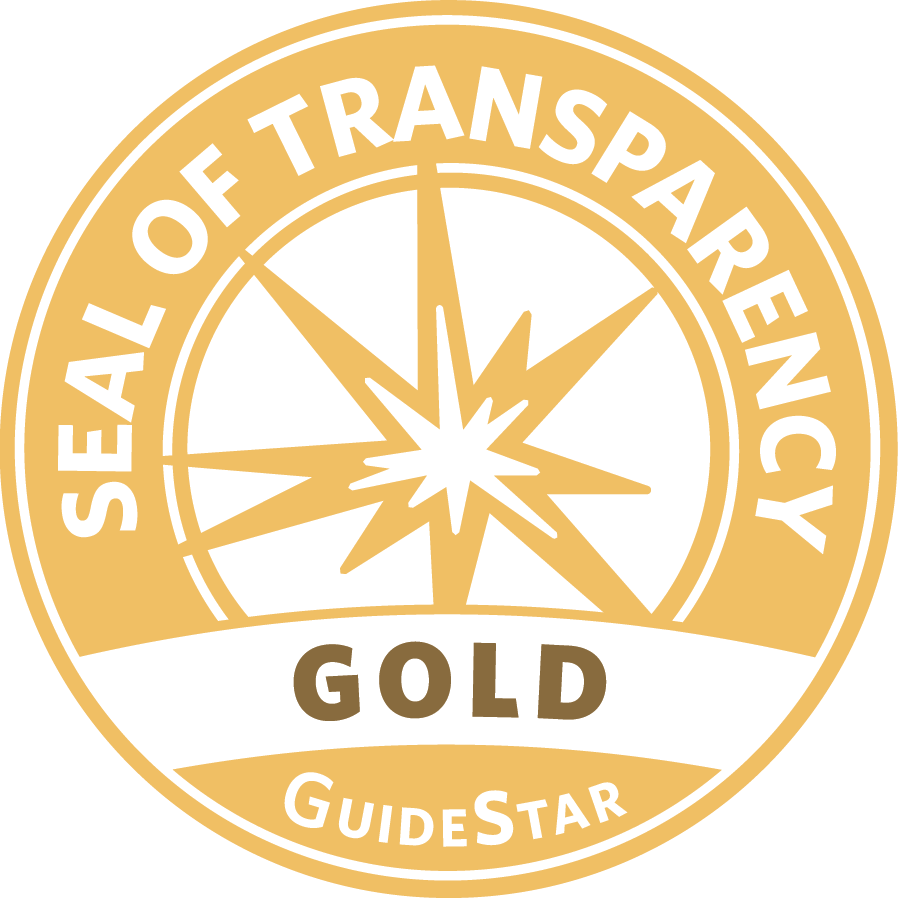5 Things to Know About Rare Disease Week
Rare Disease Week is an awareness event set aside to generate lasting change for the rare disease community. It takes place every year — starting on the last day of February — the month with the rarest number of days, to emphasize the nature of these conditions and direct attention to rare diseases as a public health concern that can impact anyone.
Here are 5 things to know about Rare Disease Week:
1. The word “rare” in “rare diseases” is misleading
2. Rare diseases pose multiple challenges
3. Childhood cancers are considered rare diseases
4. Solving Kids’ Cancer prioritizes rare childhood cancers
5. Anyone can help make a difference for kids with rare diseases
1. The Word “Rare” in Rare Diseases is Misleading
When it comes to diseases, the word “rare” in “rare diseases” can be misleading. Rare diseases are defined differently in different parts of the world. In Europe, a disease is considered rare when it affects fewer than 1 in 2,000 people1, while the standard is less than 200,000 people in the United States.2
But, in fact, 1 in 10 people (about 30 million) in the United States have a rare disease — about half of those affected by rare diseases are children.3 Worldwide, people with rare diseases make up between than 3.5 – 5.9% of the population.4 But with more than 7,000 rare diseases having been identified so far, they affect about 300 million people in the world5 — that’s nearly the population of the United States.
2. Rare Diseases Pose Multiple Challenges
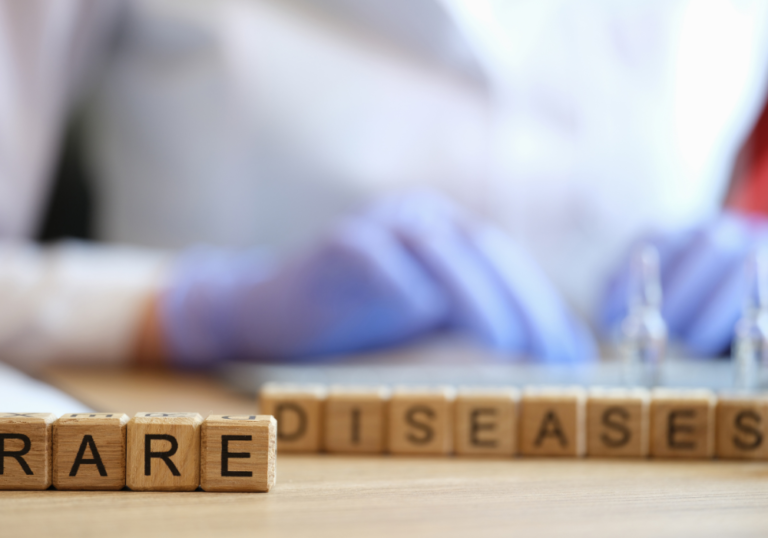
Currently, about 95% of rare diseases have no FDA approved therapies.6 This is due to the scarcity of clinical research on rare diseases. Since each individual rare disease affects such a small patient population, many research companies don’t develop treatments for them. Fortunately, the Orphan Drug Act of 1983 has helped push for new drug development for rare diseases, resulting in over 5,000 orphan drugs for some of these disorders.7
Still, there remain many challenges for rare disease patients. The notion of these conditions being rare means that rare disease communities, experts and industry professionals are fewer in number and geographically scattered. As such, there is not much scientific collaboration, resulting in limited knowledge about the diseases and best courses of treatment.
Additionally, many rare diseases are highly disabling. Aside from limiting life expectancy, rare diseases can often cause serious impairments, significantly reducing quality of life for patients and their families.
3. Childhood Cancers Are Considered Rare Diseases
According to the National Cancer Institute, most cancers are considered rare because they occur in fewer than 15 out of 100,000 people each year.8 In fact, all forms of childhood cancers are categorized as rare diseases.
Yet in the United States, more children die of cancer than any other disease. On average, about 14% of children die within 5 years of diagnosis. Among those children who survive, 18% of them will die over the next 25 years.9
This applies to childhood cancers as a whole, and not any specific rare cancer type. The fact is, that while some childhood cancer treatment may work for most patients, other types of aggressive cancers leave no survivors.
For ultra rare childhood cancers, the challenge is even greater. The rarest childhood cancers make up fewer than 1 in 30 of all pediatric cancers,10 which means they are not commonly encountered in day to day practice. Many are often hard to diagnose because they require more highly specialized tests than some of the more common types of cancer, such as genetic sequencing. Currently, there are no standards of care or clinical trials for many of these cancers.
4. Solving Kids’ Cancer Prioritizes Rare Childhood Cancers
Every year, only 4% of federal funding is allocated toward studying pediatric cancers. One of the main reasons life-saving childhood cancer research is consistently underfunded is because childhood cancer is considered rare — accounting for 1% of cancers diagnosed in the United States. Yet, statistically, that percentage equates to about 47 children diagnosed with cancer each day.
At Solving Kids’ Cancer, we believe no disease is too rare, so we work hard to identify current unmet needs and help fund breakthrough trials that accelerate next-generation cancer treatments and cures for the rarest and most aggressive childhood cancers.
More recently, we have pushed forward innovative preclinical research and early-phase clinical trials focusing on brain tumors, a rare cancer type that’s the leading cause of death among pediatric cancer patients. Many are terminal upon diagnosis.
Solving Kids’ Cancer is working to change that reality.
Here are just some of the ways SKC’s funding and leadership have led to innovative approaches in research and treatment of rare pediatric cancers with some focusing on rare brain tumors:
• First frontline treatment for children diagnosed with ETMR cancer, a very deadly and rare pediatric tumor
• Testing a new CAR-T cell therapy specifically targeting ETMR and medulloblastoma cancer cells
• First time testing the safety of an immunotherapy cancer drug, nivolumab, in children with recurrent brain tumors
• Studying the use of APX005M, an immune-activating agent, in pediatric patients with recurrent or refractory brain tumors
• Innovative delivery of a drug directly to a brain stem tumor site for patients with diffuse intrinsic pontine glioma (DIPG)
All of this exciting progress wouldn’t have been possible without the support of Solving Kids’ Cancer’s families, donors and fundraisers.
5. Anyone Can Make a Difference for Kids with Rare Diseases
Funding for childhood cancer research, especially for rare childhood cancers like brain tumors, gives kids more opportunities to live longer, healthier lives. When you create a fundraiser, you help increase awareness for rare diseases and make new treatments and cures possible — because every child deserves to grow up.
Sources:
1 EU Research on Rare Diseases – https://research-and-innovation.ec.europa.eu/research-area/health/rare-diseases_en#
2 March: Rare Disease Day – https://bmcrheumatol.biomedcentral.com/bmc-series-focus-issue-rare-diseases
3 Rare Disease Day – https://www.rarediseaseday.org/what-is-a-rare-disease/
4 Study Estimates More Than 300 Million with Rare Disease Worldwide, but Number Likely Higher – https://globalgenes.org/raredaily/study-estimates-more-than-300-million-with-rare-disease-worldwide-but-number-likely-higher/
5 Rare Disease Day 2023: ‘A Day to Be Heard’ – https://rarediseases.org/rare-disease-day-2023-a-day-to-be-heard/
6 For Rare Disease Patients, A Pathway to Hundreds of New Therapies – https://www.healthaffairs.org/do/10.1377/forefront.20170321.059289/
7 Using four decades of FDA orphan drug designations to describe trends in rare disease drug development: substantial growth seen in development of drugs for rare oncologic, neurologic, and pediatric-onset diseases – https://ojrd.biomedcentral.com/articles/10.1186/s13023-021-01901-6
8 National Cancer Institute – https://www.cancer.gov/publications/dictionaries/cancer-terms/def/rare-cancer
9 Childhood Cancer Facts – https://www.childrenscancercause.org/facts
10 Rare Tumours – https://www.nhsinform.scot/illnesses-and-conditions/cancer/cancer-types-in-children/rare-tumours
